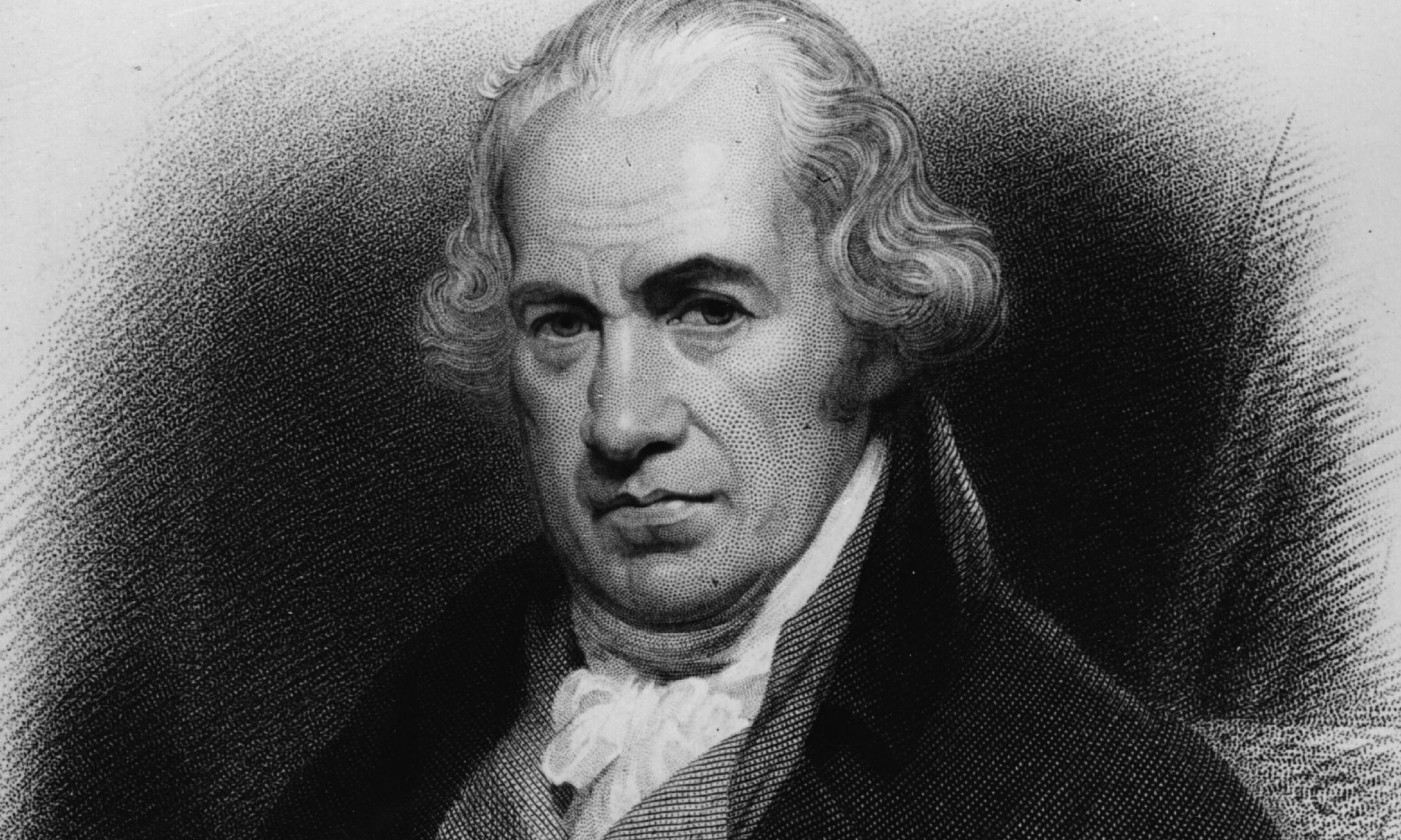The Ultimate Guide To Understanding Watt: Everything You Need To Know
Watt is a fundamental unit of power that plays a crucial role in our daily lives, whether we realize it or not. From the light bulbs illuminating our homes to the appliances that make our lives easier, understanding wattage is essential for making informed decisions about energy consumption. In this comprehensive article, we will delve into the definition of watt, its applications, calculations, and much more. With the increasing emphasis on energy efficiency and sustainability, knowledge of watts is not just important for electricians and engineers but for everyone.
As we explore the concept of watt, we will also examine its historical background, how it compares with other units of power, and its significance in various industries. The goal is to provide a clear and complete understanding of watts, enabling readers to grasp its importance in both household and industrial contexts. So, whether you're looking to reduce your electricity bill or understand how your devices consume power, this article is for you.
Join us as we uncover the intricacies of watt, breaking down complex concepts into easily digestible information. By the end of this article, you will be equipped with the knowledge to navigate the world of power consumption confidently. Let's dive in!
Table of Contents
- What is Watt?
- History of Watt
- Watt in Practice
- Watt vs. Other Units of Power
- Calculating Wattage
- Applications of Watt
- Energy Efficiency and Sustainability
- Conclusion
What is Watt?
The watt (symbol: W) is the SI unit of power, defined as one joule per second. It measures the rate at which energy is transferred or converted. In practical terms, when we talk about the wattage of a device, we refer to its energy consumption rate. For instance, a 60-watt light bulb uses 60 joules of energy every second it is on.
Understanding Power and Energy
To appreciate the concept of watt, it is essential to differentiate between power and energy. While power is the rate of energy transfer, energy itself is the total amount consumed over time. The relationship between power (in watts), energy (in joules), and time (in seconds) can be expressed mathematically:
Power (W) = Energy (J) / Time (s)
History of Watt
The watt is named after James Watt, the Scottish inventor and mechanical engineer who made significant improvements to the steam engine in the late 18th century. His work was pivotal during the Industrial Revolution, allowing for more efficient use of energy. The term "watt" was officially adopted as a unit of power in 1889 by the International Electrical Congress.
Watt in Practice
Understanding how watts function in everyday appliances is crucial for managing energy consumption. Here are some common household items and their wattage:
- LED Bulb: 8-12 W
- Incandescent Bulb: 40-100 W
- Refrigerator: 100-800 W
- Television: 50-400 W
- Microwave Oven: 600-1200 W
Watt vs. Other Units of Power
It's essential to understand how watts compare to other units of power. Commonly used units include:
- Kilowatt (kW): 1 kW = 1,000 W
- Horsepower (hp): 1 hp = 746 W
- BTU per hour: 1 BTU/h ≈ 0.293 W
Calculating Wattage
Calculating wattage for electrical devices is a straightforward process. The formula used is:
Wattage (W) = Voltage (V) x Current (A)
For example, if a device operates at 120 volts and draws 2 amps, the wattage would be:
120 V x 2 A = 240 W
Applications of Watt
The concept of watt is fundamental across various fields, including:
- Electrical Engineering: Designing circuits and systems.
- Energy Management: Monitoring and optimizing energy consumption.
- Manufacturing: Assessing power requirements for machinery.
Energy Efficiency and Sustainability
With rising energy costs and environmental concerns, understanding watts is integral to promoting energy efficiency. Choosing appliances with lower wattage can significantly decrease energy consumption and reduce carbon footprints. The Energy Star program is an excellent initiative that helps consumers identify energy-efficient products.
Conclusion
In conclusion, understanding watt and its applications is crucial for making informed decisions about energy consumption. By grasping how watts work, you can optimize your energy use, save money on bills, and contribute to a more sustainable future. We encourage you to evaluate your household appliances and consider their wattage when making purchases. If you found this article helpful, please leave a comment below or share it with others!
References
- Energy.gov - Understanding Watts and Energy Consumption
- International Electrotechnical Commission - History of the Watt
- U.S. Department of Energy - Energy Efficiency and Renewable Energy
Understanding Bryon Noem: A Comprehensive Profile
Capturing Memories: The Importance Of Family Photos
Mia Monroe: The Rising Star In The Entertainment Industry


